Snowdrops growing guide and essential care advice
Find out how to grow snowdrops for pretty drifts of early spring color that will instantly lift your spirits

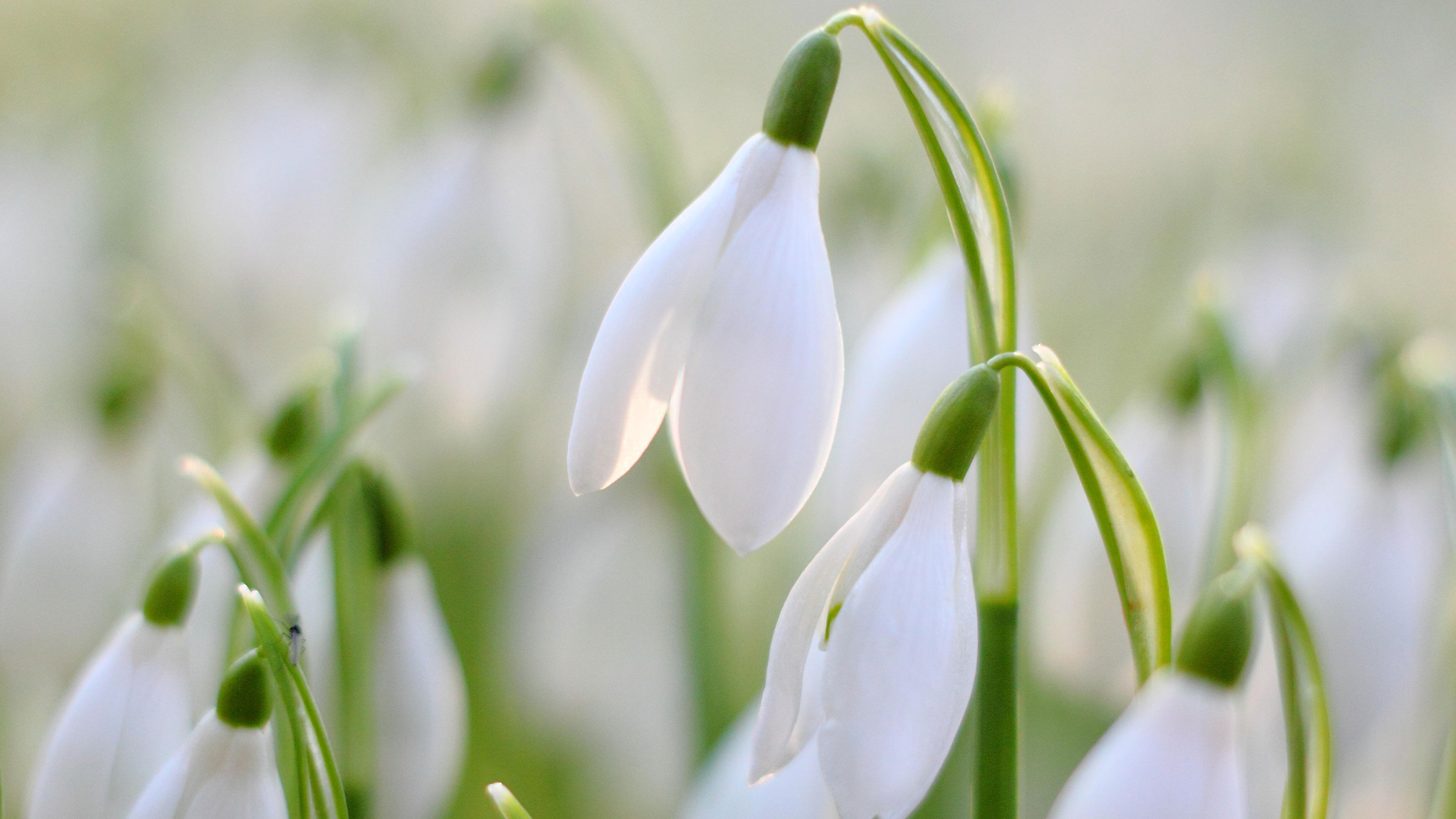
Snowdrops, with their dainty pure white flowers, are usually the first bulbs to bloom in late winter and early spring. Although each individual plant is quite small, snowdrops usually increase and develop into clumps which make a very cheerful winter sight.
Snowdrops all look very similar, in fact sometimes even the experts have trouble distinguishing one variety from another. Each bulb produces two, or occasionally three, narrow and often greyish leaves and usually a one flower stem carrying a single flower.
When you are growing snowdrops as part of your flower bed ideas, you will see that the flowers are very distinctive and are made up of three outer teardrop-shaped white petals surrounding three white shorter petals that usually feature green, or very occasionally yellow, markings.
The varieties differ in the shapes of their petals and the shape and pattern of their green markings. There are now many hundreds of varieties and collectors sometimes pay three figure sums for a single bulb of the most sought after treasures.
Although even the more common varieties can seem unexpectedly expensive, most increase well, the bulbs producing offsets that soon develop into an impressive little clump.
How to grow snowdrops
Snowdrops (the scientific name is Galanthus), are related to amaryllis and daffodils. They mainly flower in mid winter and early spring but there are also varieties that flower in mid autumn and mid spring.
They will grow in areas as cold as USDA zone 3 but in milder zones, 7 and 8, with the careful choice of varieties, the snowdrop flowering season may extend to over six months.
Varieties that flower in the fall may send up their flowering shoots before the leaves but, later in the season, flowers and leaves emerge together.
The petals are very responsive to the sun and the three outer petals flare widely on sunny days, making the flowers far more noticeable from a distance in winter gardens. The sun also enhances the fragrance of the varieties with a good scent.
Double flowered varieties, with so many extra petals in the centre, also show up effectively on dull days.
In our coldest zones, winter flowering may be delayed and the season compressed into a few cheerful spring weeks. Snowdrops also need a cold spell at 20˚F (-7˚C) in winter to trigger flowering so they do not thrive in areas with mild winters.
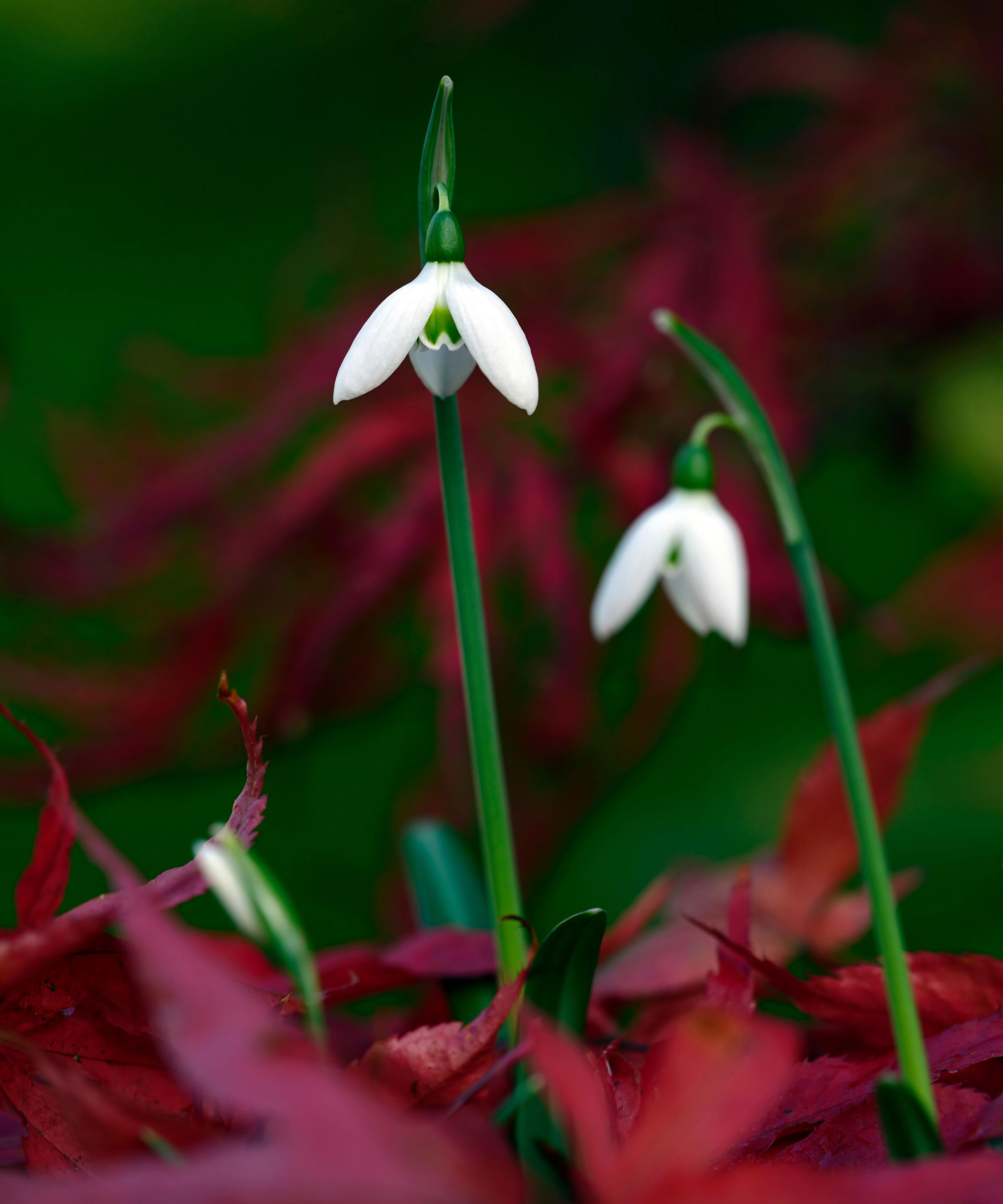
Snowdrop varieties and how to choose the right one
The most widely grown are the common snowdrop, Galanthus nivalis, and the so-called giant snowdrop, Galanthus elwesii.
The common snowdrop has small flowers and narrow greyish leaves and is the most adaptable, tolerant and easy-to-grow snowdrop and it spreads steadily – if you have never grown snowdrops before, start with these.
It also comes in a double-flowered variety, ‘Flore Pleno’, which also increases well and which shows up more brightly on dull days, making it a good option for your winter landscaping ideas. ‘Hippolyta’ is a much neater and more elegant double that repays close inspection.
Galanthus elwesii has larger flowers and broader, greyish leaves and the inner petals are often boldly stained in green. ‘Mount Everest’ is similar but with green leaves.
Many special named varieties are available from specialists, look for ‘Atkinsii’, with honey-scented flowers in mid winter, and ‘Scharlockii’, with green tips to the outer petals.
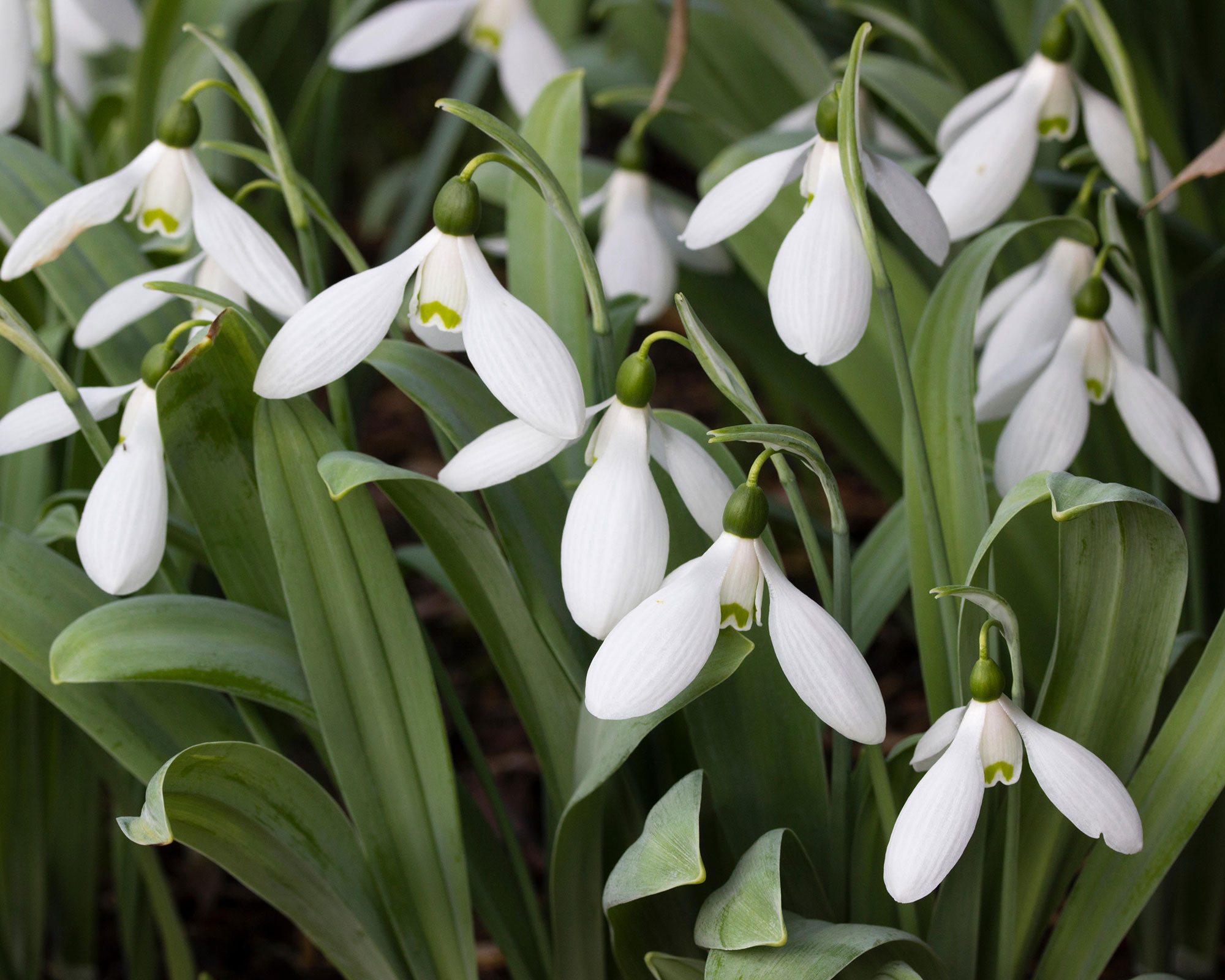
When to plant snowdrops
Snowdrops are sold in two different ways. The more widely available varieties are sold in the fall as dry bulbs for immediate planting.
The individual bulbs hate drying out so they are best ordered or bought as early in the fall as possible and planted at once. Our guide to planting bulbs for spring shows you how to add bulbs to borders, pots and even your lawn.
Snowdrops are also sold 'in the green'. This means that they are dug up and carefully packed for mail order sale while the leaves, and often the flowers, are growing. Snowdrop bulbs usually have a burst of root growth soon after flowering so planting them then coincides with the development of new roots and helps them settle in.
If your snowdrops are ready to plant when the soil is frozen, keep them in a frost-free, but not warm, place until the soil is thawed.
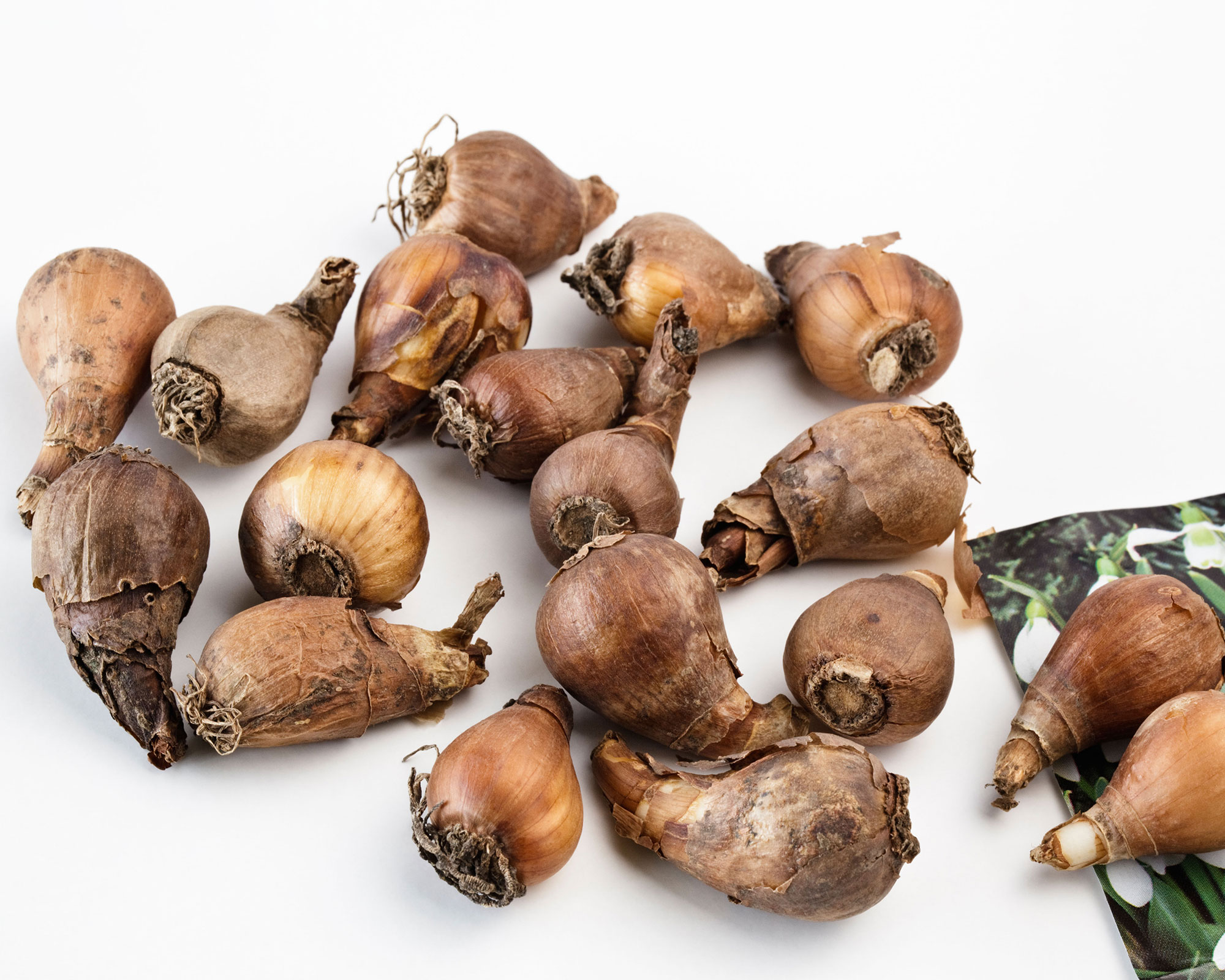
Where to plant snowdrops
Most snowdrops enjoy light, all-day shade, or shade for part of the day, or a bright site out of direct sun.
The best site for these and other shade-loving plants is usually under the dappled shade of deciduous trees, conditions under evergreen trees are usually too dark and too dry. In warmer areas, snowdrops appreciate shade from the midday sun.
They are not fussy about soil acidity, so there’s no need to test your soil before planting.
Snowdrops can also be planted in containers, but after flowering they are usually best removed from their pots and planted in the garden.
Snowdrops look especially pretty planted with other early bulbs that flower at the same time including crocuses and winter aconites as well as with hellebores, and under red twig dogwood.
They can also be planted in grass where they will usually increase steadily. Cut the grass in the fall, before the snowdrops emerge, so they show themselves off well when they bloom. Wait until after the leaves have died down in late spring before cutting the lawn again.
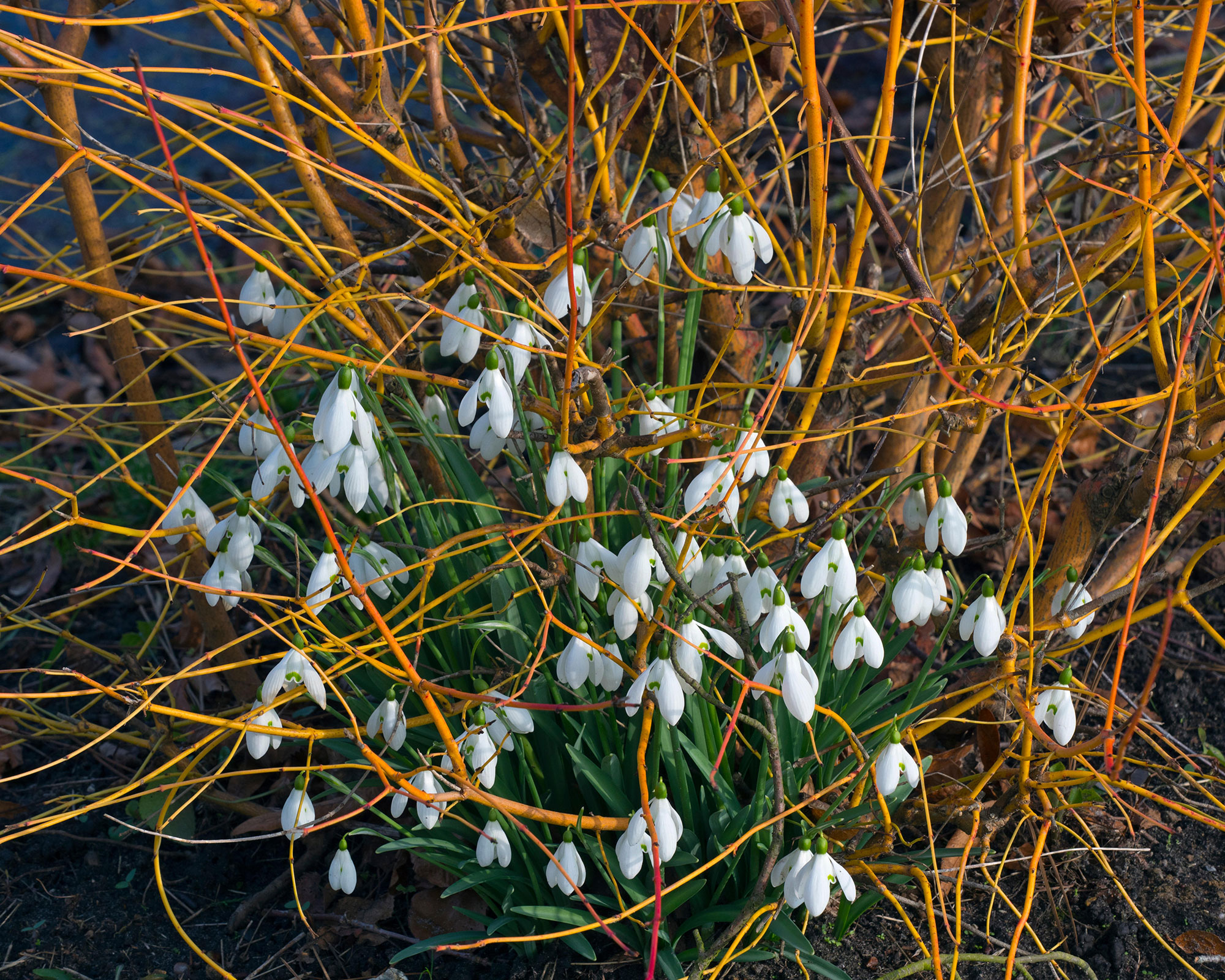
How to plant snowdrops
Plant dormant bulbs in the fall, as soon as you can after buying them. If allowed to dry out they may take a year or two to settle down and grow well. Snowdrop bulbs delivered 'in the green' should also be planted as soon as you receive them.
If it is not possible to plant straight away, if the soil is frozen, for example, keep dormant bulbs in moist potting soil in a frost-free, but not warm, place until it’s possible to plant.
Plants delivered 'in the green' can also be planted in potting soil, with the foliage and flowers in good light.
Plant your snowdrops 2-3in (5-7cm) deep, 3-4in (7-10cm) apart. Snowdrops prefer a humus-rich soil so improve conditions by working in garden compost. Don't forget, our guide on composting has lots of advice on how to make your own.
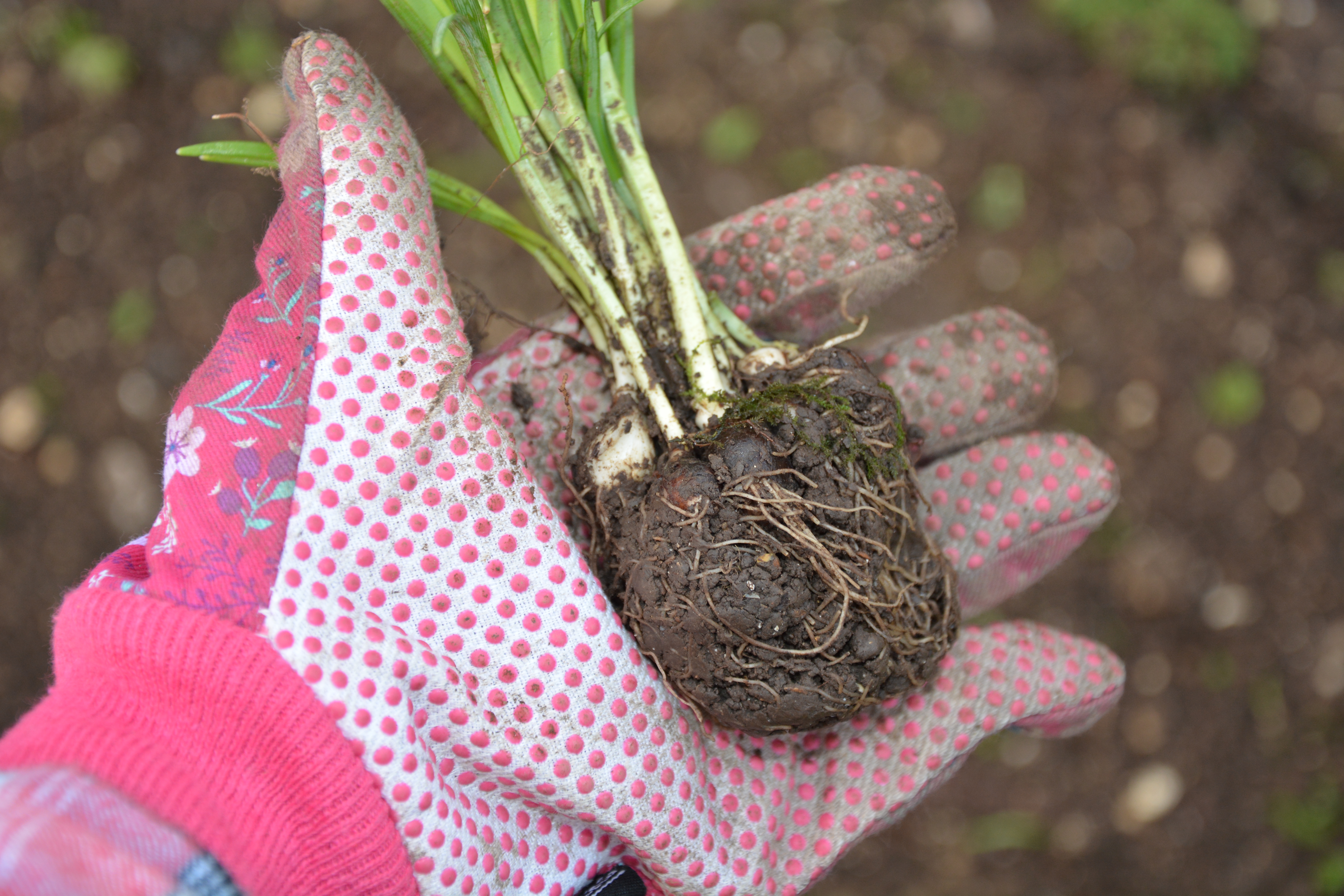
Top tips for snowdrop care
Snowdrops do not need much special care but ensure that they do not dry out in late winter and spring when flowering is at its peak.
Here's what else to consider:
- Deadheading flowers is usually impractical but, as the foliage dies away after flowering, it can either be left in place to rot or tidied away to the compost heap.
- Do not cut the grass in which snowdrops are naturalized until the foliage and flowers have died back.
- Feeding with a general fertilizer in the fall, before mulching, will help your snowdrops grow more strongly and increase well. Alternatively, try fertilizing plants with liquid tomato feed at half strength immediately after flowering.
- Bulbs usually increase well and, even if you start with just one bulb, it will soon divide until you have two, then four bulbs and more.
- As the clumps develop and become crowded it is wise to dig them up, pull them apart and replant straight away giving them more space in which to develop.
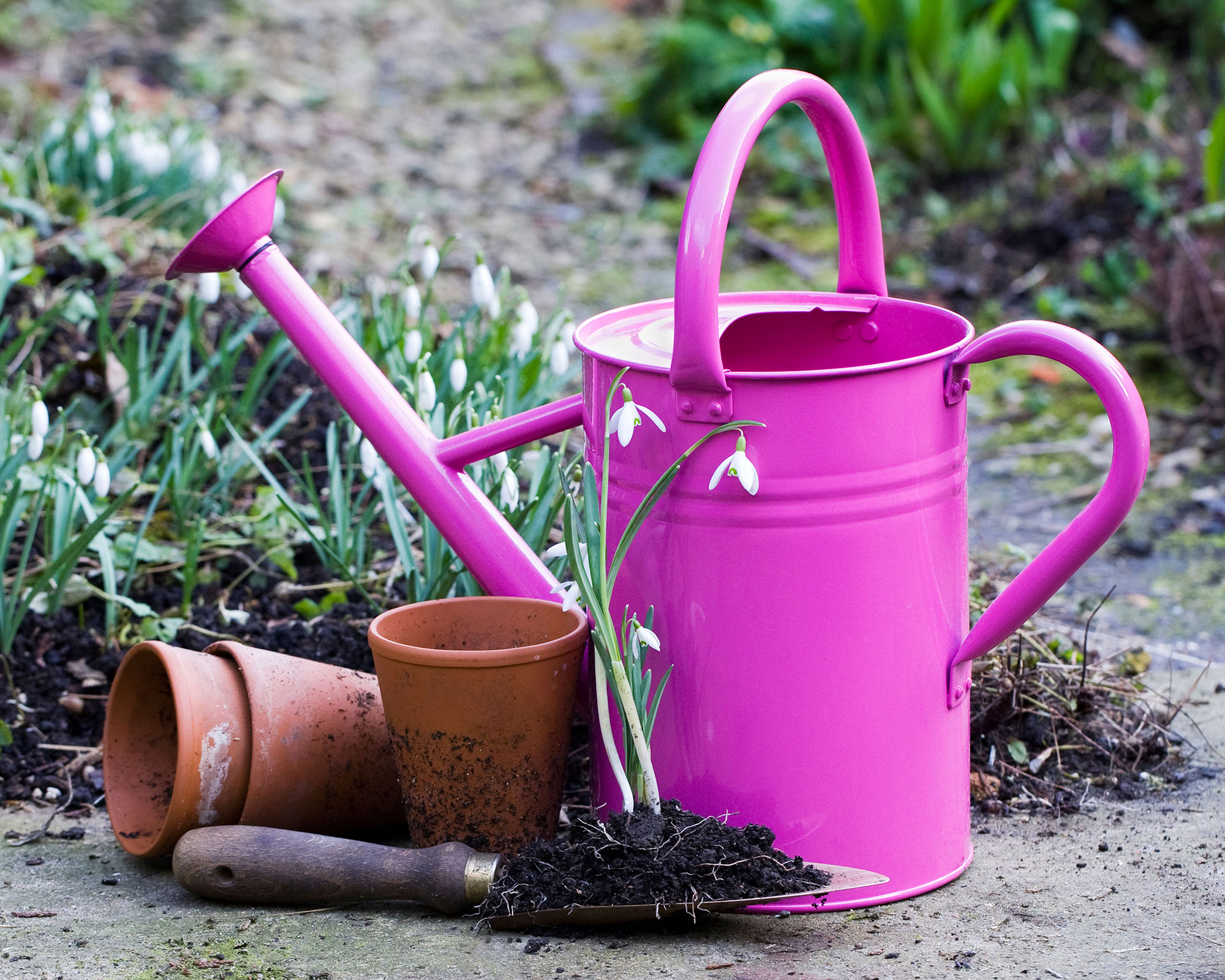
How to make more snowdrops
Some snowdrops will drop seeds. The seed may then sprout and, in a few years, develop into flowering bulbs.
However, the best way to make more snowdrops is to dig up mature clumps, pull them apart and re-plant the individual bulbs promptly in improved soil so that they have room to develop. Even small bulbs will soon fatten up and flower.
If you spot that the number of snowdrops growing in your garden isn't increasing, it's worth bearing in mind that some varieties increase more quickly than others. Dry spring weather and starved soil can also slow growth and reduce spread.
When bulbs have been developing undisturbed for a few years, growth may slow down and flower production tail off because the roots have exhausted the nutrients in the soil.
This is especially likely if they have not fed or mulched. The simplest approach is to dig up the clump as the foliage is dying off, amend the soil and then replant. This will give them the space and plant foods they need.
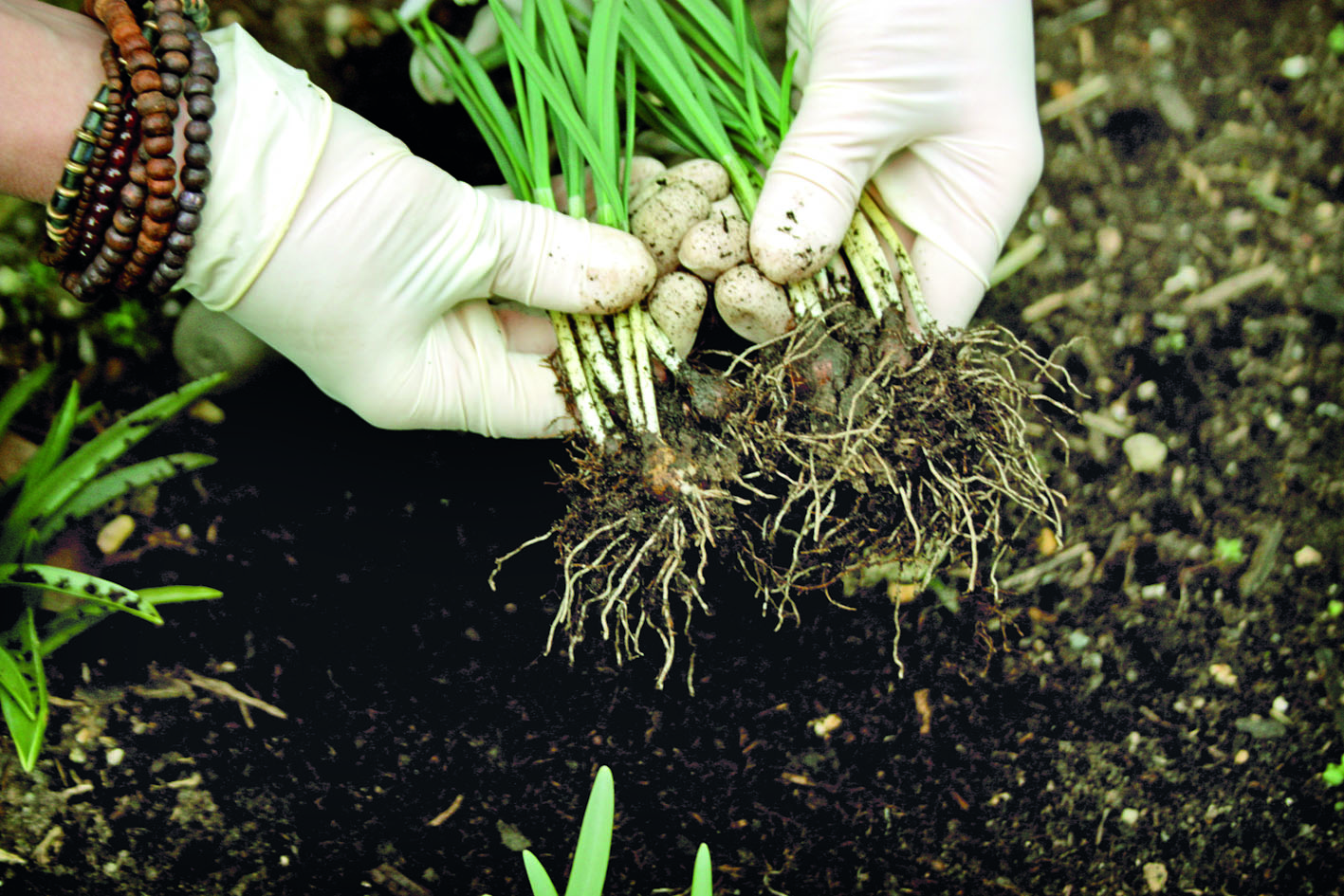
Snowdrop problems and how to solve them
Snowdrops are generally trouble-free. Squirrels and other critters usually leave them alone and although there are diseases that sometimes attack snowdrops they are not common.
If you notice a bulb that has dusty white mold or is stunted, carefully dig it up and dispose of it (not on the compost heap).
Are snowdrops native to North America?
No, snowdrops grow in wild Europe from France and Spain eastwards to Turkey and Syria.
Early settlers brought them to North America where they escaped from gardens, in particular on the eastern seaboard, and they can still sometimes be found on the sites of long vanished homesteads.
Are snowdrops invasive?
No, snowdrops aren't invasive. They will sometimes escape from gardens and may establish themselves in nearby deciduous forest but, even if they spread, snowdrops are so small and have so little capacity for smothering other plants that we should enjoy them and not be threatened by them.
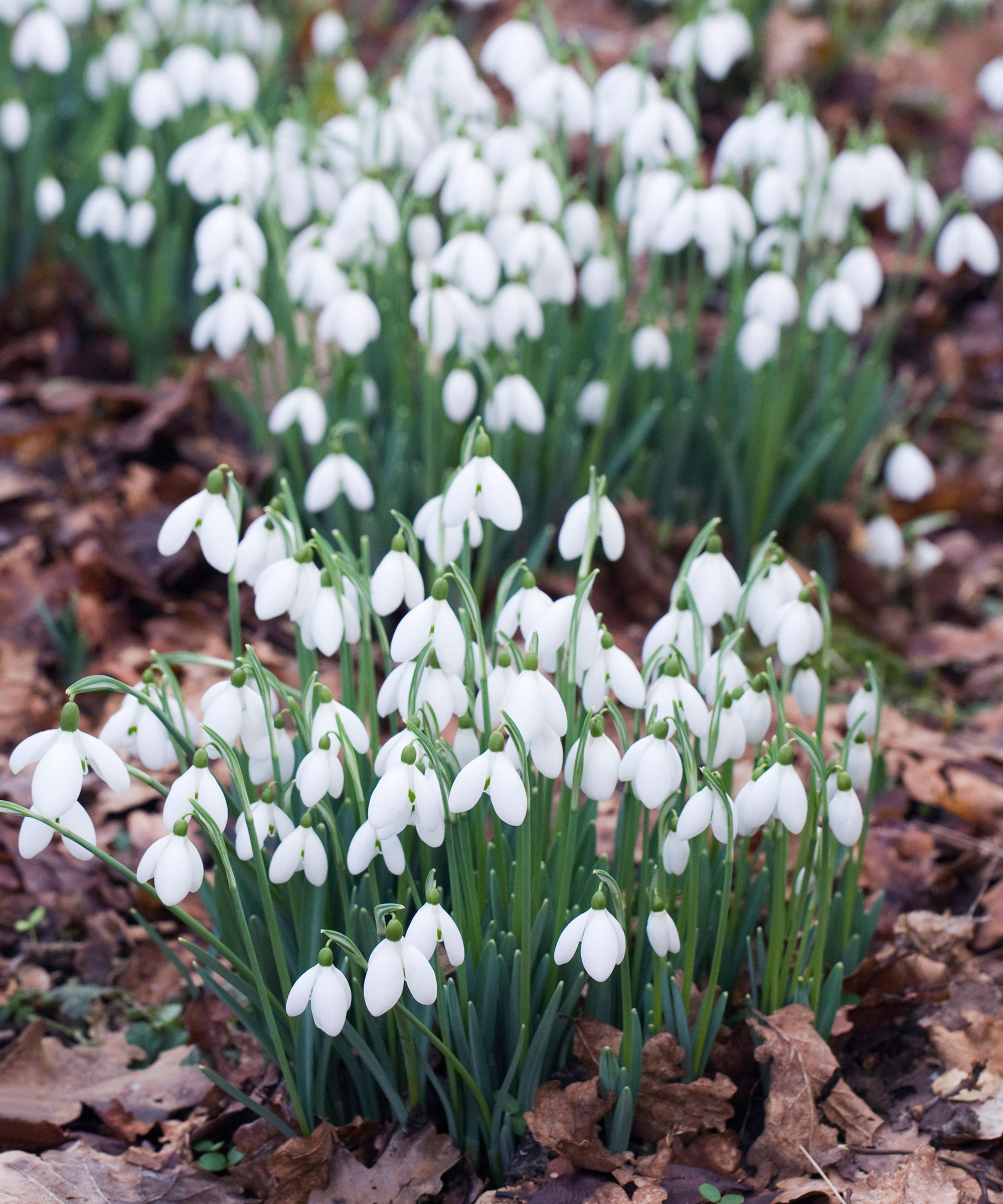
Are snowdrops deer resistant?
Deer very rarely eat snowdrops and that is one reason why they sometimes spread steadily in deciduous forests – the deer eat other plants that might compete with snowdrops but not the snowdrops themselves.
Can you grow snowdrops in pots?
Snowdrops can be grown in pots, but they are usually happier planted out in garden borders. This is because although the flowers and leaves will take very cold weather, the bulbs are less resilient and bulbs in pots are more exposed to the cold.
If you try growing in pots, choose a garden planter that is deeper than it is wide and plant the bulbs 2-3in (5-7cm) deep. Plant them closer together than you would out in the garden and use fresh potting soil.
Do not firm the potting soil too much as this will impede drainage, and snowdrops hate to be too wet. Fertilize with tomato food after flowering, and repot the bulbs every year – or grow them in pots for one season, then plant them out.
If you are want to create some colorful winter containers, you can consider combining snowdrops with a selection of the best winter plants for pots.
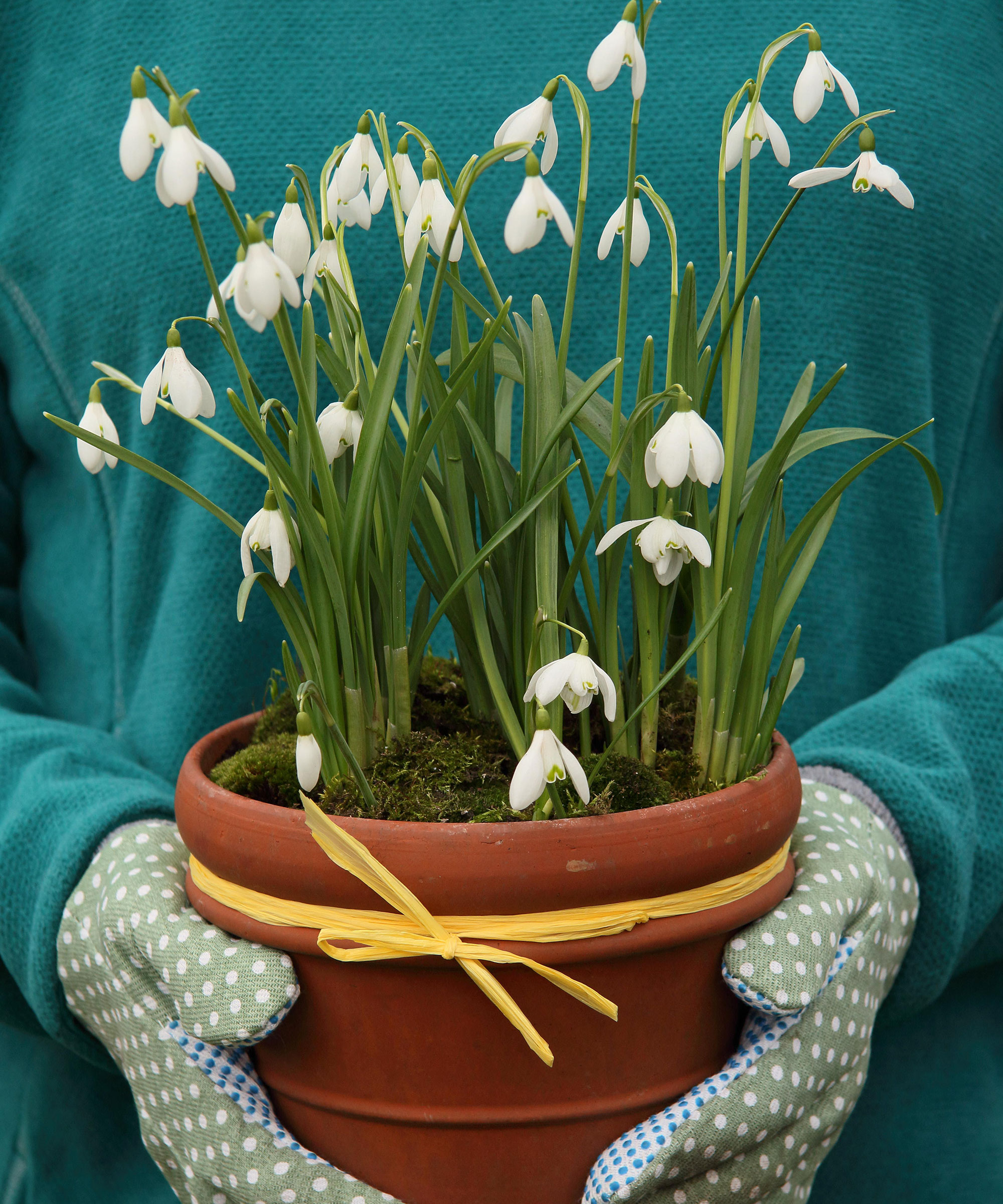
I saw some plants that looked like giant snowdrops, are they snowdrops too?
These are called snowflakes, Leucojum, and are related to snowdrops, but have two main differences.
The plants are taller, up to 18in (45cm) in some cases, with broader, brighter green leaves, and although the flowers, are similar, they have six petals, all the same length, that are fused into a bell.
Snowdrops have three long separate outer petals and three shorter inner petals.
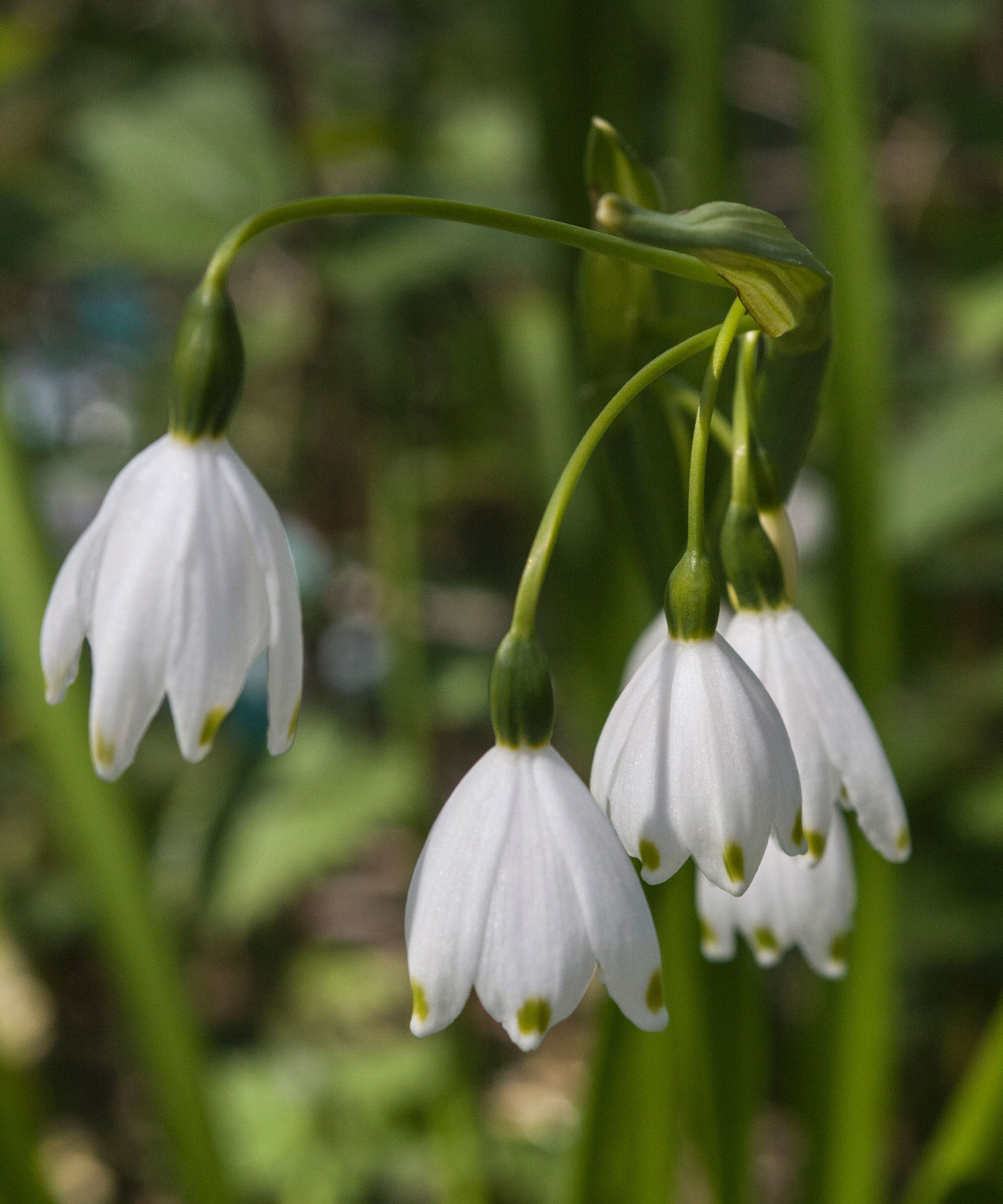
There seem to be many varieties of snowdrop, but they all look similar. What’s going on?
There are many many hundreds of varieties of snowdrop – thousands, even – but they are all variations on the same theme.
There are no red ones or varieties with a dozen flowers on each stem. But enthusiasts pay attention to the smallest details – in particular, the size and shape of the outer petals and the green markings on the inner petals.
Snowdrops are slow to propagate on nurseries so it takes a very long time for stock of a new variety to build up, so prices tend to be high.
The latest new varieties are sometimes sold in online auctions and the world record is an unbelievable £1,390 ($1824) – for one bulb! Many are available at $20-$30 each, and will increase well.
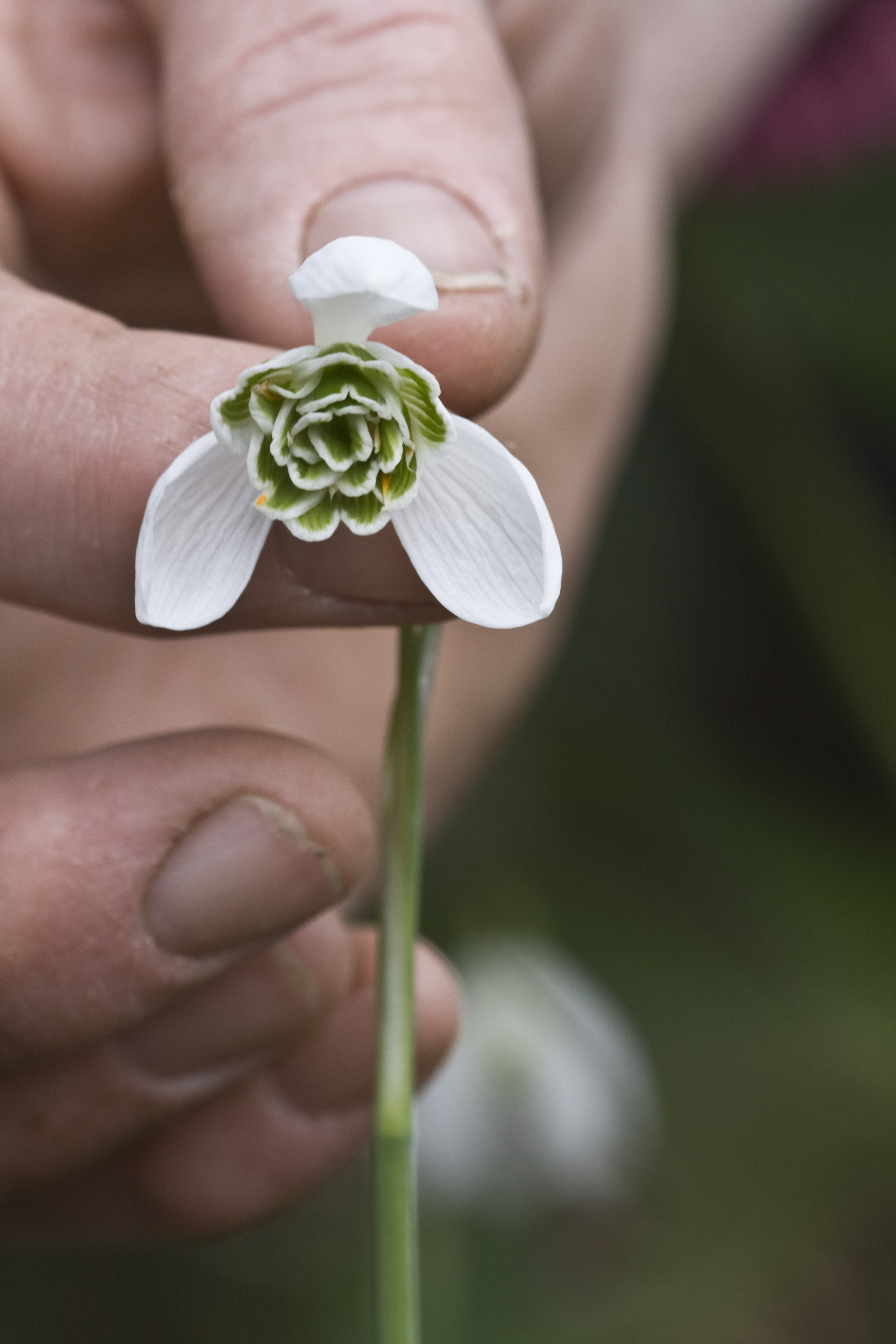
Where to buy snowdrops
You will sometimes see dry bulbs for sale in fall in big box stores and nurseries, but the widest range of snowdrop varieties is available by mail order.
Where to buy snowdrops in the US:
- Shop snowdrops at Amazon
- Shop snowdrops at Brent & Becky's
- Shop snowdrops at Carolyn's Shade Gardens
- Shop snowdrops at EmptK. van Bourgondien
- Shop snowdrops at Lowe's
Where to buy snowdrops in the UK:

Graham Rice is a garden writer who has won awards for his work online, and in books and magazines, on both sides of the Atlantic. He is a member of a number of Royal Horticultural Society committees and the recipient of the 2021 Garden Media Guild Lifetime Achievement Award.
